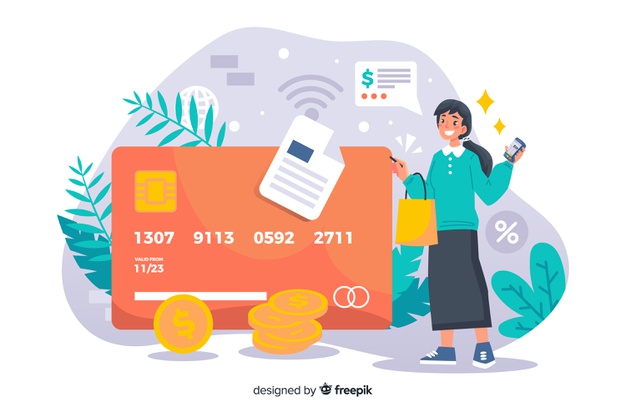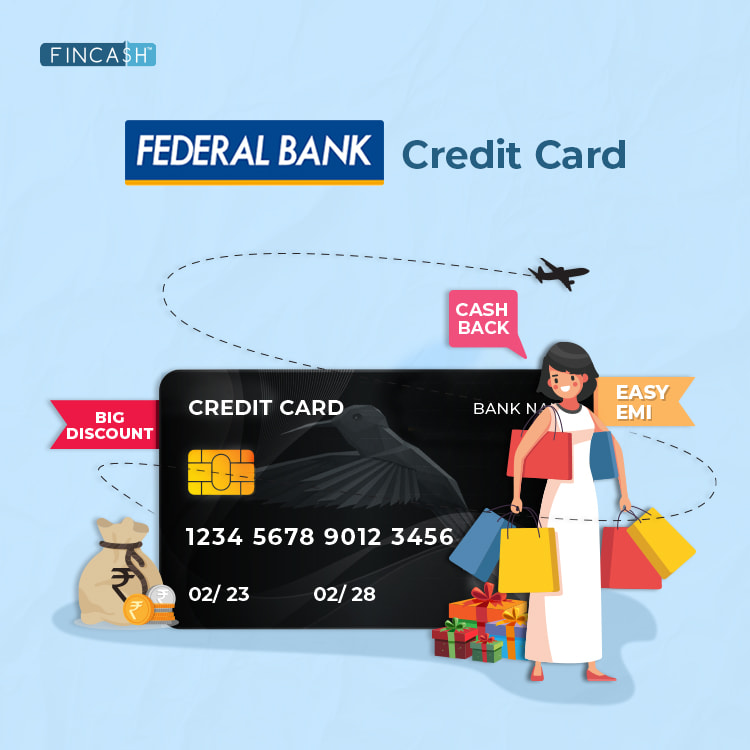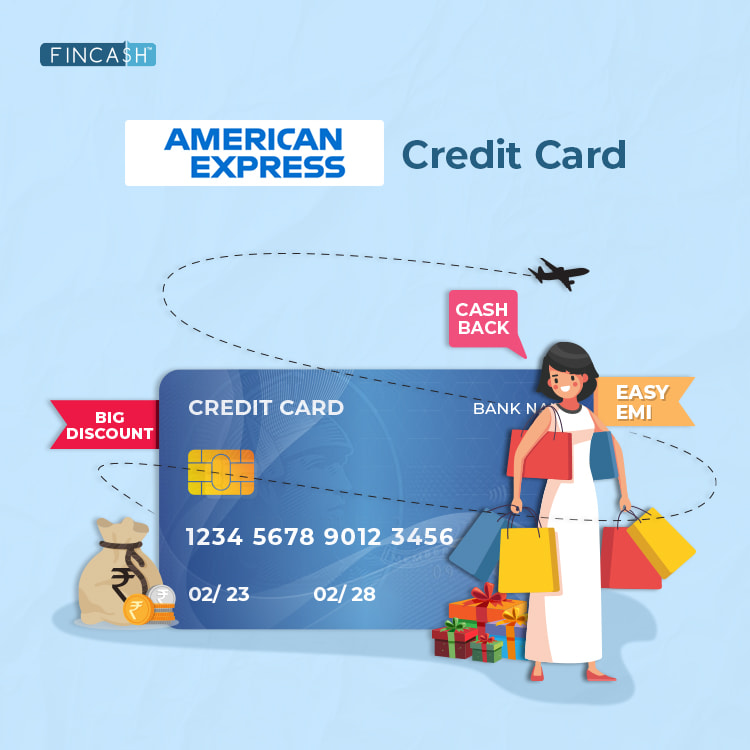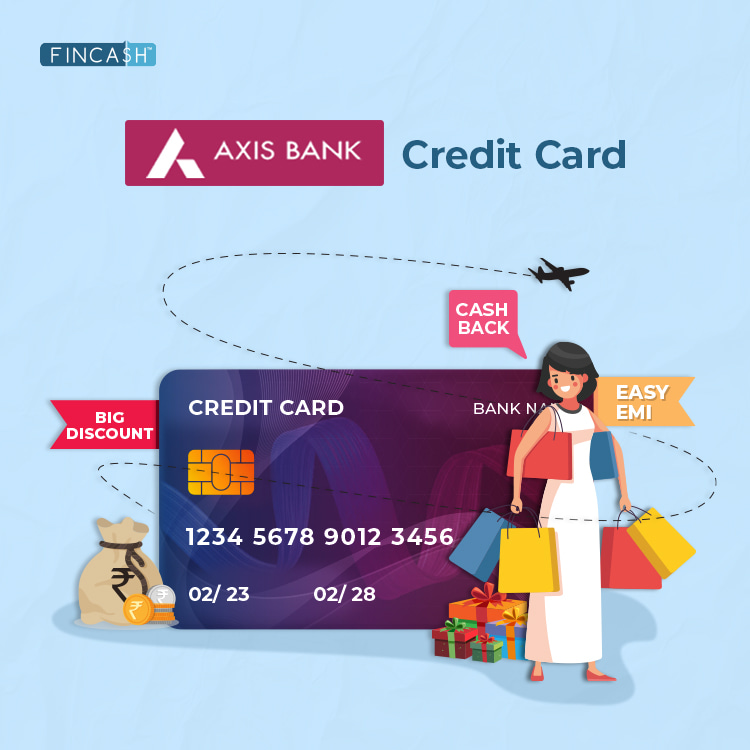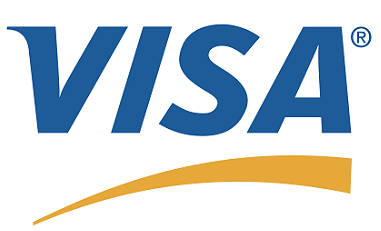
Fincash » Credit Score » How to Take a Loan Against a Credit Card
Table of Contents
- Features of a Credit Card Loan
- What Are the Benefits of a Loan Against a Credit Card?
- What Are the Requirements to Qualify for a Loan Against a Credit Card?
- Documentation Necessary for Loan Against Credit Card
- Who Should Consider Taking a Loan Against a Credit Card?
- Steps to Apply for a Loan Against Credit Card
- Considerations Before Applying for a Loan Against a Credit Card
- Conclusion
How to Take a Loan Against a Credit Card?
Many are familiar with personal loans and the situations prompting their necessity. Yet, not everyone knows the diverse types of personal loans available beyond the conventional options. Among these alternatives is the loan against credit cards, allowing you to borrow money using your credit card as Collateral.

While credit cards enable online and offline transactions within the assigned Credit Limit, there are instances where an immediate need for funds arises. In such situations, you might consider cash withdrawal using the credit cards. However, an alternative solution is a loan against a credit card. While cash withdrawal against a credit card addresses immediate needs, it comes with limitations on the amount of money accessible and incurs high interest rates. This post helps you navigate how to take a loan against a credit card and the advantages you can get from this action.
Features of a Credit Card Loan
When you take a loan against a credit card, you must know that it will be an unsecured personal loan that you can get whenever you require immediate cash. Here are some of the features of this option that you should be wary of:
Many loans against credit cards are pre-approved, eliminating the need for additional documentation resulting in instant fund disbursement.
Repaying the borrowed amount through Equated Monthly Instalments (EMI) lets you to repay the loan in monthly instalments as agreed upon with the Bank.
Certain credit card issuers permit loans that surpass your existing credit limit.
The option to utilise the Balance Transfer on the EMI Facility provided it is allowed by your bank. This feature enables you to transfer the outstanding balance from one credit card to another and settle the latter's EMI.
Check credit score
What Are the Benefits of a Loan Against a Credit Card?
Here are some of the advantages of a loan against a credit card:
- The primary advantage of a loan against a credit card is that you can obtain the loan without additional documentation or collateral.
- Repayment flexibility is a significant benefit, as the EMI facility lets you to plan your financial commitments, preventing sudden financial burdens.
- Contrary to traditional loans, there is no requirement for guarantors or post-dated cheques when applying for a loan against a credit card.
- The interest rate on a loan against a credit card is comparable to that of personal loans, making it a more cost-effective option than cash withdrawal against a credit card, which incurs a high-interest rate, often reaching up to 36% per annum.
- Given that most banks issue credit cards nowadays, having a credit card is highly convenient when an immediate need for cash arises.
- Loan against credit cards offers flexible repayment tenures, with the maximum tenure typically extending to 24 months.
What Are the Requirements to Qualify for a Loan Against a Credit Card?
Typically, most banks extend loans against credit cards to existing and new customers. To be eligible for this type of loan, you need to meet the following criteria:
- It is essential to have a credit card to avail of this loan.
- To qualify for a loan against credit cards, you must maintain a strong credit history and possess a high credit limit. Credit cards are generally offered to individuals with a flawless credit repayment track record. Banks conduct a comprehensive credit assessment before approving your loan to make sure you can repay it promptly.
- Customers in the high-Income bracket are also eligible to apply for this loan. Additionally, if your income has increased, you may be eligible to upgrade your credit card to a higher tier, such as gold or platinum, from silver.
- Some banks may require your income verification to ascertain your loan eligibility.
Documentation Necessary for Loan Against Credit Card
The documentation needed when applying for a loan against a credit card aligns with the standard requirements for a credit card application. These typically include:
- Address Proof: A copy of address proof, which can be an electricity bill, gas bill, telephone bill, driving license, passport, etc.
- Identity Proof: Submission of identity proof such as Aadhar Card, PAN Card, Passport, driver's license, etc.
- Salary-related Documents: For salaried employees, providing the last three months' payslips and the office identity card is mandatory.
- income tax Returns: Self-employed professionals must submit Income Tax Returns for the past three financial years.
- Passport Size Photographs: Including 2-3 recent passport-size photographs with the application is necessary.
Who Should Consider Taking a Loan Against a Credit Card?
If you are a credit cardholder facing urgent or unforeseen expenses, borrowing a loan against your credit card could be a viable option. However, there are certain eligibility criteria to meet before applying for such a loan:
- Existing Customer: This loan facility is typically available to existing customers of the credit card issuing bank. Some banks may not extend this service to new customers.
- Credit Card Ownership: The borrower must possess a credit card issued by the bank providing the loan.
- Good Credit Score: Retaining a good Credit Score and a commendable credit repayment history is essential for eligibility.
It's crucial to note that if you borrow an amount exceeding your credit card withdrawal limit, utilising the unutilised limit of your credit card, the bank may temporarily block your credit card for further use. This restriction is lifted once your outstanding loan balance decreases and becomes lower than your credit card withdrawal limit.
Steps to Apply for a Loan Against Credit Card
Follow these below-mentioned steps to apply for a loan against your credit card:
Online Application:
- Go to the official website of your bank Offering the loan against credit cards.
- Complete the application form, providing the necessary details.
- Submit the form along with the required documents.
- The bank will carefully review your application form and verify the submitted documents.
- Upon successful verification, the bank will initiate the approval process.
- Once approved, the loan amount will get disbursed directly into your bank account or through the issuance of a Demand Draft.
Offline Application:
- Head to the bank branch from which you intend to borrow the loan.
- Submit the completed application form and the necessary documents to the relevant bank official.
- The bank representative will contact you once your documents are accepted.
- Applying for a loan against a credit card is a straightforward process, and the chosen method—online or offline—depends on your preference and convenience.
Considerations Before Applying for a Loan Against a Credit Card
Here are some things to keep in mind before you take a loan against a credit card:
- Some credit card providers offer top-up loans, allowing existing customers with a good repayment record to access additional funds.
- Loan against credit cards typically provides flexible repayment tenures based on a borrower's credit limit, specific credit factors, and the terms and conditions set by the bank.
- Depending on the remaining available credit on your card after deducting the loan amount, you may still use your credit card for transactions. However, it's essential to assess the impact on your repayment obligations. Using the credit card for additional transactions while having an outstanding loan can affect your ability to repay the loan on time.
- Defaulting on loan repayments or failing to pay EMIs and credit card dues promptly can result in late repayment charges and negatively impact your credit score.
- If you plan to repay the loan before the agreed-upon tenure, be aware that pre-closure charges may apply.
Conclusion
A credit card loan, essentially a personal loan, offers additional advantages to users. For immediate financial needs, especially during urgent situations, a loan against a credit card emerges as the preferred option. This choice becomes particularly beneficial when the cash withdrawal limit on the current credit card falls short of meeting immediate financial requirements.
All efforts have been made to ensure the information provided here is accurate. However, no guarantees are made regarding correctness of data. Please verify with scheme information document before making any investment.
